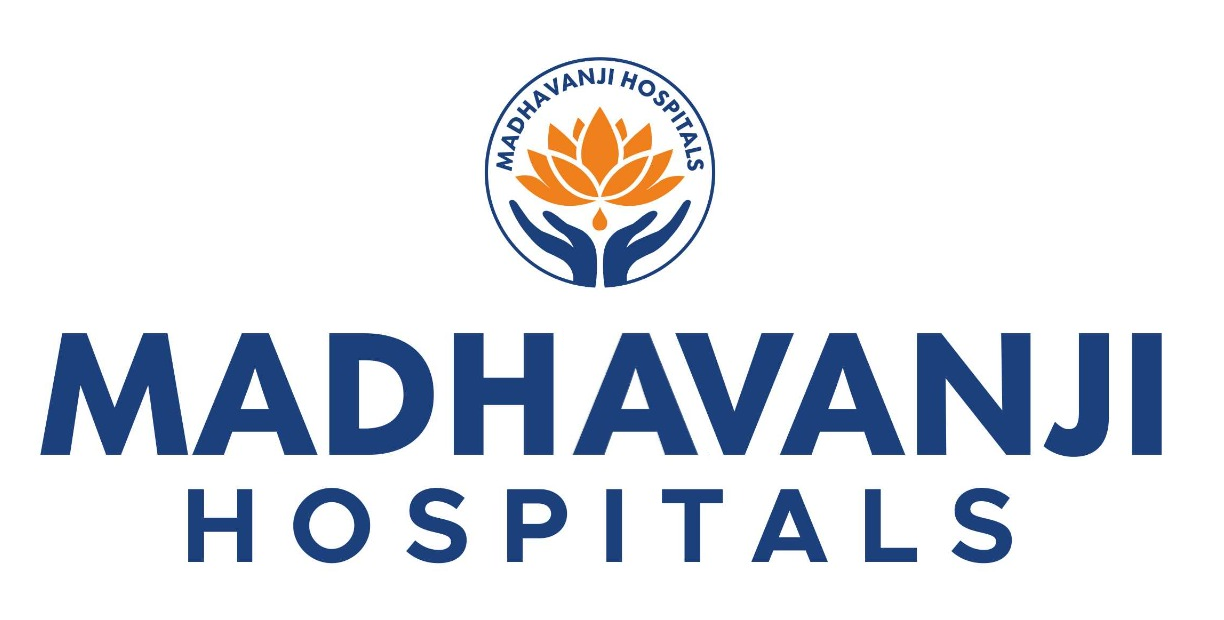What is Stroke Rehabilitation?
Stroke rehabilitation is a set of treatments that help people recover after a stroke. After a stroke, many people have trouble moving, speaking, or doing daily tasks. Because of this, stroke rehabilitation focuses on helping you regain lost skills. It also teaches new ways to do things if some abilities do not return. Early rehab can improve your chances of recovery. Many stroke rehabilitation centers near you offer these services.
Common Symptoms After Stroke
After a stroke, people may notice several changes in their bodies or minds. For example, some symptoms appear right away, while others develop over time. Knowing these signs can help you seek help sooner.Weakness or numbness on one side of the bodyTrouble speaking or understanding wordsProblems with balance or walkingDifficulty swallowingMemory loss or confusionVision problemsFeeling tired or sad
Goals and Benefits of Rehabilitation
Stroke rehabilitation has clear goals. First, it aims to help you regain as much independence as possible. Next, it works to improve your quality of life. With regular rehab, you may notice better movement, speech, and thinking skills. In addition, rehab can lower your risk of future problems. Most importantly, it helps you return to daily activities safely.Restore lost skillsPrevent new health issuesBoost confidence and moodSupport family and caregivers
Types of Physical Therapy and Techniques Used
Physical therapy after stroke is a key part of recovery. Therapists use many techniques to help you move better. For instance, they may guide you through stroke recovery exercises to build strength and balance. Occupational therapy helps you relearn daily tasks, such as dressing or eating. Speech therapy focuses on talking and swallowing. Each plan is tailored to your needs.Range-of-motion exercisesStrength trainingBalance and walking practiceHand and arm exercisesSpeech and language activitiesAdaptive equipment training
The Stroke Rehabilitation Process: What to Expect
After a stroke, rehab usually starts in the hospital. Soon after, you may move to a rehab center or continue at home. At first, a team of experts will check your needs. Then, they create a plan just for you. Sessions may happen daily or several times a week. Over time, your plan may change as you improve. Family members often join to support your progress. Regular check-ins help track your recovery and set new goals.
Tips for Home Recovery and Lifestyle Adjustments
Home recovery is important for long-term success. Even after leaving the hospital, you can keep making progress. Here are some tips to help you at home:Follow your therapist’s instructions closelyPractice stroke recovery exercises every dayKeep your home safe by removing tripping hazardsEat healthy foods and drink plenty of waterAsk for help when neededStay connected with friends and familySet small, realistic goals
Prevention of Stroke Recurrence
Preventing another stroke is very important. Because of this, doctors often recommend lifestyle changes. For example, you may need to take medicine for blood pressure or cholesterol. Eating a balanced diet and staying active can help. In addition, quitting smoking and limiting alcohol lowers your risk. Regular check-ups with your doctor are key. By following these steps, you can protect your health.
When to Seek Professional Help
Sometimes, you may notice new or worsening symptoms. If you feel sudden weakness, trouble speaking, or severe headaches, call for help right away. Also, if you feel sad or hopeless, talk to your doctor. Early treatment can prevent serious problems. Stroke rehabilitation specialists can guide you through every step of recovery.
For the best results, consult a rehabilitation specialist for personalized stroke recovery guidance.

